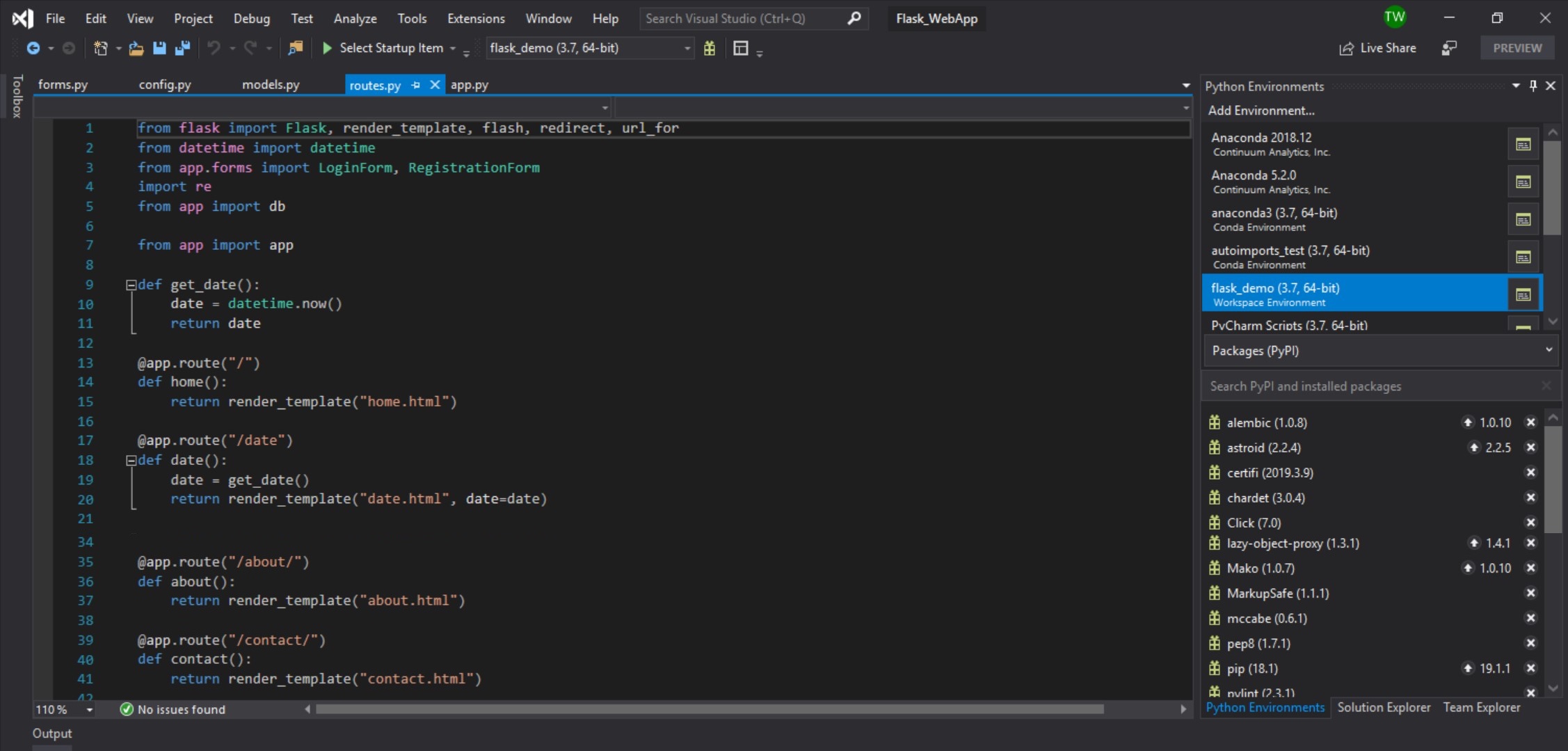The Rise of Edge Computing: How Podman is Revolutionizing the Way We Develop Software
As a developer, I’ve always been fascinated by the way technology is constantly evolving. One area that’s particularly exciting is edge computing, which is changing the way we develop and deploy software. In this article, I’ll explore how Podman, a containerization tool, is revolutionizing the way we develop software for the edge.
What is Edge Computing?
Edge computing refers to the practice of processing data closer to where it’s generated, rather than in a centralized cloud or data center. This approach has several benefits, including reduced latency, improved security, and increased efficiency. With the proliferation of IoT devices, edge computing has become increasingly important, as it enables us to process and analyze data in real-time.
The Role of Podman in Edge Computing
Podman is a containerization tool that’s gaining popularity among developers. It’s similar to Docker, but with some key differences. Podman is designed to be more lightweight and flexible, making it ideal for edge computing applications. With Podman, developers can create and deploy containers quickly and easily, without the need for a bulky Docker installation.
How Podman Simplifies Edge Computing
So, how does Podman simplify edge computing? For starters, it provides a simple and intuitive way to create and manage containers. This makes it easy for developers to package and deploy applications to the edge, without worrying about the underlying infrastructure. Additionally, Podman provides a robust set of tools for managing and orchestrating containers, making it easy to scale and manage edge computing applications.
Real-World Examples of Podman in Action
But what does this look like in practice? Let’s take a look at a few examples of Podman in action. For instance, imagine a smart home system that uses Podman to deploy containers to edge devices, such as thermostats and security cameras. This enables the system to process data in real-time, without relying on a centralized cloud or data center. Another example is a industrial automation system that uses Podman to deploy containers to edge devices, such as sensors and actuators. This enables the system to process data in real-time, improving efficiency and reducing downtime.
Conclusion
In conclusion, Podman is revolutionizing the way we develop software for the edge. Its lightweight and flexible design makes it ideal for edge computing applications, and its robust set of tools makes it easy to manage and orchestrate containers. As edge computing continues to grow in importance, Podman is poised to play a major role in shaping the future of software development.
Edge computing architecture
Podman logo
Further Reading
If you’re interested in learning more about Podman and edge computing, I recommend checking out the following resources:
I hope this article has given you a sense of the exciting developments happening in edge computing and how Podman is playing a major role. As a developer, I’m excited to see where this technology will take us in the future.


 Photo by
Photo by 











